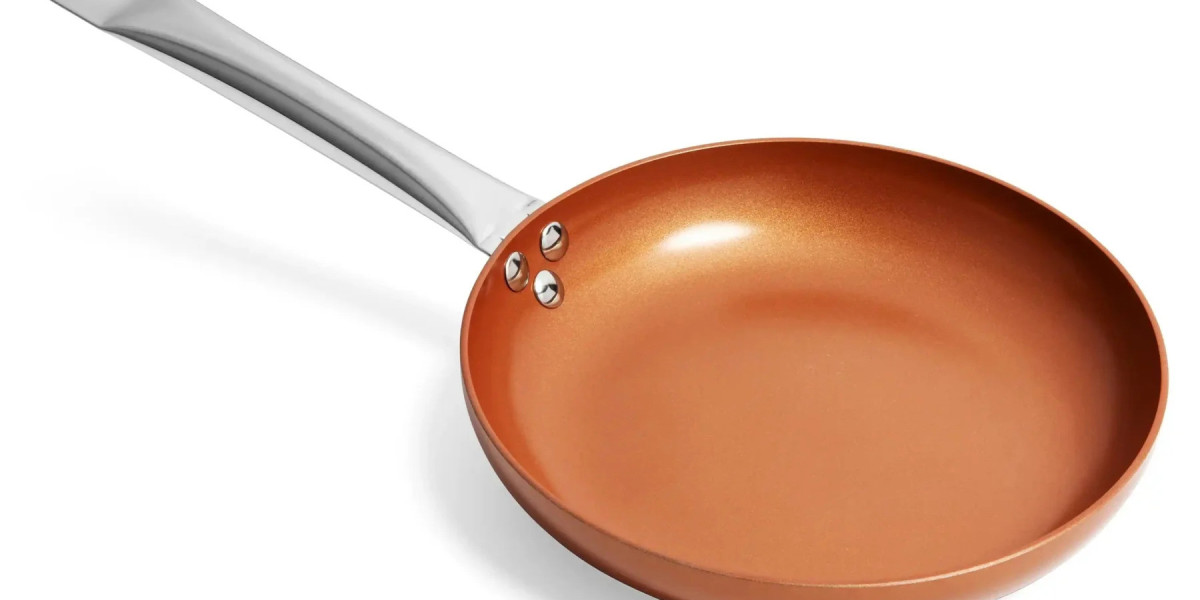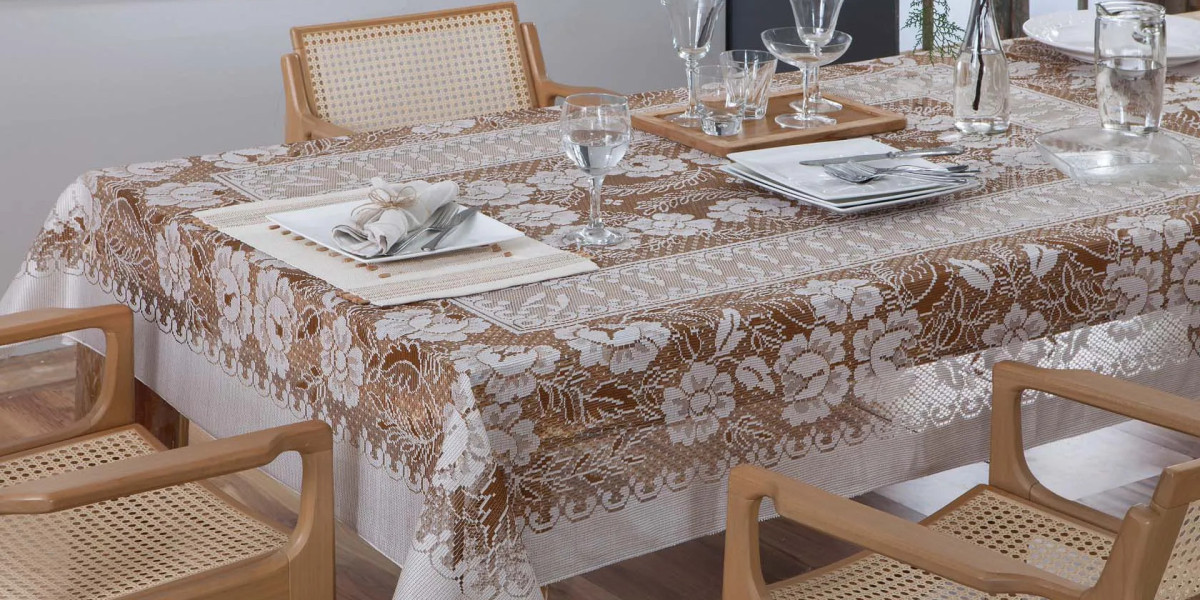Copper cookware has captivated culinary enthusiasts for centuries with its striking appearance and exceptional performance. While it has long been a symbol of sophistication in kitchens worldwide, there is more to copper cookware than its aesthetic appeal. In this comprehensive guide, we explore the history, benefits, challenges, and modern alternatives to copper cookware, empowering you to make informed decisions for your kitchen.
Why Copper Cookware Is a Timeless Choice
A Historical Perspective
Copper cookware has roots dating back to ancient civilizations, where its superior heat conduction made it a favorite among early cooks. By the 18th and 19th centuries, it became synonymous with culinary excellence, particularly in France, where it was widely adopted by professional chefs and home cooks alike.
Superior Heat Conductivity
Copper is one of the most efficient conductors of heat, providing unparalleled temperature control. This quality ensures even heat distribution, minimizing the risk of hot spots and making it ideal for:
Precision cooking, such as delicate sauces and custards.
Confectionery that requires strict temperature control.
Dishes like stews and sautés where even cooking is essential.
Aesthetic Appeal
Beyond its functionality, copper cookware enhances the visual appeal of any kitchen. Its warm, lustrous finish evokes a sense of elegance, making it a favorite for open shelving or display.
The Challenges of Copper Cookware
While copper cookware offers many advantages, it is not without its drawbacks. Understanding these challenges can help you decide whether it’s the right choice for you.
High Cost
Copper cookware is a premium product, often priced significantly higher than other types of cookware. This expense can be prohibitive for many home cooks.
Reactivity and Lining Requirements
Copper is highly reactive with acidic and alkaline foods, which can alter the taste of your dishes and potentially release harmful compounds. To counter this, copper cookware is typically lined with materials like tin or stainless steel. However, these linings require maintenance and, in the case of tin, periodic replacement.
Maintenance Demands
Keeping copper cookware in pristine condition requires regular polishing to prevent tarnishing. This can be time-intensive, especially for those who prefer low-maintenance kitchen tools.
Incompatibility with Induction Cooktops
Copper lacks the magnetic properties needed to work with induction cooktops, limiting its versatility in modern kitchens.
Modern Alternatives: The Rise of 5-Ply Cookware
For those who admire the qualities of copper but are deterred by its challenges, 5-ply stainless steel cookware offers an excellent alternative.
What Is 5-Ply Cookware?
5-ply cookware consists of five layers of bonded materials, typically arranged as follows:
Stainless steel (outer layer for durability and compatibility with all cooktops, including induction).
Aluminum (for heat distribution).
Copper (at the core, providing heat conductivity).
Aluminum (enhancing thermal efficiency).
Stainless steel (inner cooking surface for non-reactivity).
Benefits of 5-Ply Cookware
Enhanced Performance: Combines the heat-responsive qualities of copper and aluminum with the durability of stainless steel.
Easy Maintenance: Stainless steel interiors and exteriors are far easier to clean and maintain compared to pure copper.
Cost-Effective: While still an investment, 5-ply cookware is generally more affordable than pure copper.
Versatile: Compatible with all cooktops, including induction, offering greater flexibility for modern kitchens.
Aesthetic Appeal
Modern 5-ply cookware is designed with sleek, minimalist aesthetics that complement any kitchen decor, offering a contemporary alternative to the traditional charm of copper.
How to Choose the Right Cookware for Your Needs
When selecting cookware, consider the following factors:
Cooking Style: For precision tasks, such as candy-making or sauce preparation, copper or 5-ply cookware excels.
Budget: Evaluate whether the long-term investment aligns with your financial priorities.
Maintenance Commitment: Determine how much time you’re willing to dedicate to cleaning and upkeep.
Cooktop Compatibility: Ensure the cookware is suitable for your stove type, particularly if you use induction.
Care Tips for Copper and 5-Ply Cookware
Copper Cookware Maintenance
Polishing: Use a commercial copper cleaner or a homemade solution of vinegar and salt to restore shine.
Avoid Abrasive Cleaners: Prevent scratches by using soft sponges and mild detergents.
Lining Care: Regularly inspect tin linings for wear and re-tin when necessary.
5-Ply Cookware Maintenance
Cleaning: Most 5-ply cookware is dishwasher-safe, but hand washing with mild soap extends its lifespan.
Stubborn Stains: Remove discoloration with a paste of baking soda and water.
Storage: Use protective pads or stack carefully to prevent scratches.
Conclusion
Copper cookware remains a timeless choice for its superior performance and visual appeal, but its challenges may not suit every cook. Modern alternatives, like 5-ply stainless steel cookware, provide a practical and cost-effective way to achieve similar results without the drawbacks. By understanding the benefits and limitations of each option, you can select the cookware that best meets your culinary needs and enhances your kitchen experience.








